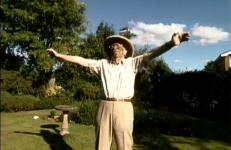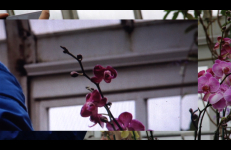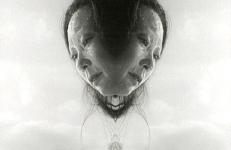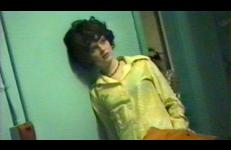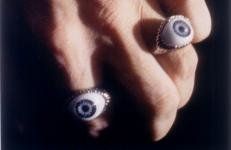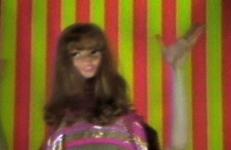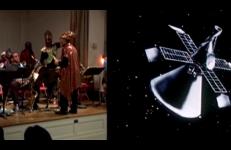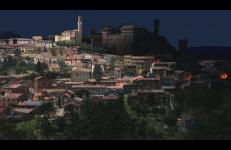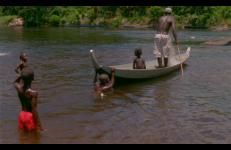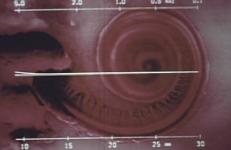Starting with an activity as basic as four hands clapping, Landry composes an arresting visual documentation of the fundamentals of music through a play of visual and sonic rhythms. Landry considers these movements “imaginary hand exercises for beginning drummers.” As disembodied hands swim through shallow space, a strobe light freezes them in the process of clapping, creating a mesmerizing play of eye-ear coordination.
This title was part of the original Castelli-Sonnabend video art collection.





